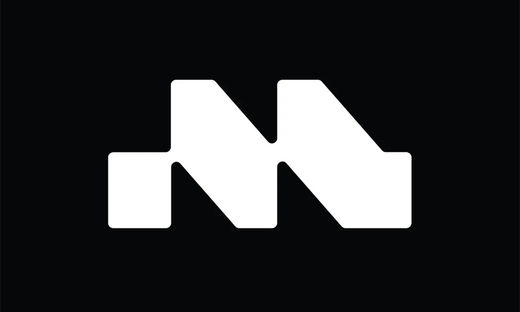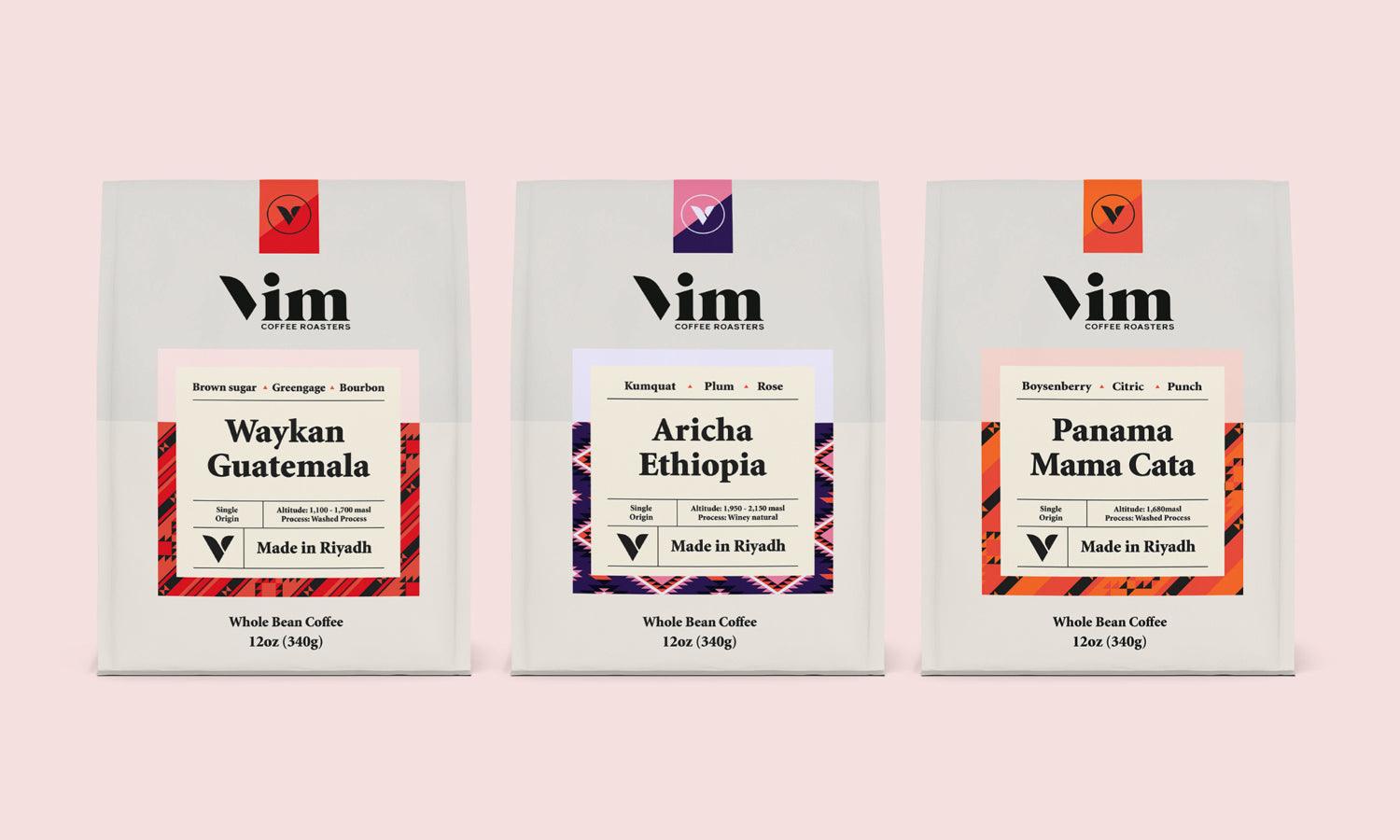Ultimate Advanced, Actionable Strategies to increase TikTok & YouTube Views in 2025

A Comprehensive Guide to Data-Driven Video Growth
Did you know that there are over 50 million content creators on YouTube worldwide, but only about 0.1% of those creators have surpassed 1 million subscribers? On TikTok, over 1 billion monthly active users engage with content every day, but only 3% of creators gain more than 100,000 followers.
This stark contrast underscores just how hard it is to stand out as a digital content creator. But here’s the kicker: creators who optimize their content through data-driven tactics see real, measurable results. Reports show that YouTube creators who engage their audience within the first 24 hours see up to a 70% increase in their video’s long-term views.
TikTok’s algorithm rewards creators who master dwell-time engagement - driving them to the "For You" feed and increasing video visibility by over 50% in some cases. This is not just guesswork - it’s about setting yourself apart from the 99.9% of creators by strategically optimizing your approach using proven techniques, advanced metrics, and data-backed insights. In this guide, we’ll focus on methods that have already put creators in the top 1% globally, enabling them to scale rapidly, build loyal audiences, and dominate the algorithms.
1. Algorithm Engineering & Data Analytics
TikTok: Maximizing Dwell Time with Micro-Content Clusters
Understanding the TikTok Algorithm:
TikTok’s recommendation engine is engineered to reward content that keeps users engaged and browsing for extended periods. The key metric here is dwell time - the total time a user spends interacting with your content. The longer users remain engaged, the more the algorithm interprets your content as valuable, thus promoting it further in personalized feeds.
Actionable Tactics:
- Clustered Micro-Content:
Instead of random uploads, develop thematic series of short, interconnected videos. Think of each video as a chapter in a larger narrative. By planning your content in “clusters,” you create a cohesive story that encourages binge-watching. - How to Implement:
- Use a content calendar to map out mini-series or themed playlists.
- Identify core topics or trends that resonate with your target audience.
- Produce 3-5 related videos that build upon one another, prompting viewers to watch the next instalment.
- Technical Insight:
- Use TikTok Pro Analytics to monitor viewer retention for each video cluster. Identify which series maintains higher dwell times and adjust your strategy accordingly.
- Engagement Metric Analysis:
Focus on metrics like average watch time, video completion rate, and session duration. These KPIs are crucial signals for the TikTok algorithm. - How to Implement:
- Regularly review your TikTok Analytics dashboard.
- Run A/B tests with different micro-content clusters to determine the optimal video sequence.
- Iterate based on quantitative feedback - if a particular cluster underperforms, tweak the narrative structure or call-to-action (CTA) sequence.
Example in Action:
A successful creator might design a mini-series on “DIY Home Hacks.” Each video could focus on a single tip, ending with a teaser for the next hack. Monitor the analytics to ensure viewers are moving from one video to the next, indicating the series is performing well.
YouTube: Capitalizing on Engagement Velocity
Understanding YouTube’s Algorithm:
YouTube’s algorithm places heavy emphasis on “velocity”- the rapid surge of views and engagement in the first 24 hours of a video’s release. High initial engagement signals to YouTube that the content is relevant and compelling, leading to increased promotion via the “Suggested Videos” feature.
Actionable Tactics:
- Coordinated Launch Strategy:
Synchronize your video releases with peak user activity periods. Use historical data and tools like Google Trends and YouTube Analytics to pinpoint when your audience is most active. - How to Implement:
- Schedule your uploads during identified peak times.
- Prior to launch, prepare a coordinated marketing plan using email blasts, social media posts, and community updates.
- Consider using YouTube Premieres to create a live countdown that generates anticipation and immediate engagement.
- Rapid Engagement Tactics:
Boost your video’s initial momentum by driving an immediate influx of views and interactions. - How to Implement:
- Utilize browser push notifications via tools such as OneSignal to alert your subscriber base instantly.
- Collaborate with other creators for shoutouts or guest appearances that drive cross-traffic.
- Leverage paid promotions if necessary to kickstart the velocity metric, ensuring that the first few hours post-release are as engaging as possible.
- Data-Driven Iteration:
Analyze the first 24-hour engagement metrics - likes, shares, comments, and watch time - to determine which aspects of your launch strategy are working. - How to Implement:
- Use YouTube Analytics to segment data by time, demographics, and traffic sources.
- Adjust future video launches based on which promotional tactics correlated with higher velocity.
- Experiment with varying CTAs and social media strategies to fine-tune your engagement strategy.
Example in Action:
A tech reviewer might release a new gadget review at a time when their audience is most active, coupled with a pre-scheduled email campaign and social media posts that create buzz. The video’s high velocity in the first 24 hours would then push it into the recommended feeds of similar viewers.
2. Trend Detection & Keyword Optimization
TikTok: Harnessing Invisible Hashtags and Niche Trends
Invisible Hashtag Strategy:
While trending hashtags can capture a broad audience, they are often oversaturated. TikTok also employs “invisible” hashtags - niche or emerging tags that have not yet been heavily exploited. These can drive targeted, less competitive traffic.
Actionable Tactics:
- Niche Discovery:
Use advanced tools such as Hashtagify to mine for underutilized hashtags. This involves: - Researching the “Discover” page on TikTok.
- Diving deep into niche categories related to your content.
- Identifying hashtags with a healthy balance of search volume and low competition.
- Data-Driven Hashtag Mix:
Combine high-traffic hashtags with these emerging, invisible ones to maximize reach while ensuring less competition. - How to Implement:
- Create a spreadsheet to track the performance of each hashtag combination.
- Experiment with different mixes and monitor engagement metrics.
- Adjust your strategy based on which hashtags drive sustained viewership and higher engagement rates.
Example in Action:
A fitness influencer might combine trending tags like #Workout with emerging tags like #HomeGymInnovations, tapping into a niche audience interested in home exercise solutions while still capturing broader interest.
YouTube: Advanced Metadata and Competitor Analysis
Keyword Optimization:
YouTube relies on robust metadata - titles, tags, descriptions, and closed captions - to index and rank content. A fine-tuned metadata strategy can mean the difference between obscurity and high visibility.
Actionable Tactics:
- Competitor Analysis with TubeBuddy:
Utilize TubeBuddy to dissect high-performing videos in your niche. Focus on: - Keyword density in titles and descriptions.
- Tag strategies that competitors use.
- The structure and pacing of successful videos.
- How to Implement:
- Identify 5–10 top competitors in your niche.
- Create a comparative analysis of their metadata.
- Extract actionable insights and apply them to your own content.
- Content Synchronization:
Produce response or supplementary videos that are closely tied to trending topics and high-performing keywords. - How to Implement:
- Use tools like Google Trends to identify peak interest periods.
- Create a content calendar that aligns your video topics with these peaks.
- Optimize your titles and descriptions by integrating a mix of broad keywords and niche phrases that capture your target audience.
- Multi-Layered Metadata Strategy:
Go beyond surface-level optimization: - Closed Captions:
- Utilize closed captions not just for accessibility, but as an additional layer of keyword indexing. Ensure your captions are rich with targeted phrases.
- Dynamic Descriptions:
- Update your video descriptions periodically to reflect seasonal trends, emerging keywords, or recent developments within your niche.
Example in Action:
A culinary channel might analyze competitor videos on trending recipes. After identifying that titles incorporating seasonal keywords like “Spring Vegan Recipes” drive more engagement, the creator can optimize new uploads with similar structures and refresh older video descriptions to capture renewed interest.
3. Interactive Features & UX Optimization
Driving Engagement Through Platform Tools
Interactive Content on TikTok:
Interactivity is a major engagement driver. TikTok’s built-in features, like poll stickers and duet functionalities, can transform passive viewers into active participants.
Actionable Tactics:
- Progressive Polls and Storytelling:
Use TikTok’s poll stickers in a series format to build an interactive storyline. - How to Implement:
- Design a multi-part series where each video ends with a poll that determines the narrative’s next twist.
- Analyze poll responses to understand viewer preferences and tailor subsequent content accordingly.
- Ensure that your CTAs are clear, urging viewers to follow along for the next installment.
- Enhanced User Engagement:
Encourage user participation by inviting comments, duets, or remixes. - How to Implement:
- Create challenges or contests that are directly tied to your video content.
- Feature user-generated content in follow-up videos, which not only validates your audience but also encourages further engagement.
Optimizing YouTube’s User Experience:
YouTube offers unique tools that, when used strategically, can guide viewers through your content and keep them engaged longer.
- Timestamp Chapters for Psychological Pacing:
Use timestamp chapters to break your video into sections. This does more than help viewers navigate - it can be a strategic tool to maintain interest. - How to Implement:
- Identify natural breakpoints in your content where viewer attention may dip.
- Label chapters with intriguing titles (e.g., “The Big Reveal,” “Insider Tip”) that create anticipation.
- Monitor audience retention data to assess if the placement of these chapters correlates with improved watch time.
- A/B Testing Thumbnails & Cover Images:
Thumbnails are the first impression. Analyzing which images generate higher click-through rates (CTR) is crucial. - How to Implement:
- Conduct A/B tests using different thumbnail designs. You can also use AI tools like DeepAI to analyze which frames have the most “human-friendly” elements (like high contrast, recognizable objects, and emotionally engaging facial expressions).
- Ensure that your images meet the recommended dimensions: TikTok cover images at 1080 x 1920 (9:16) and YouTube thumbnails at 1280 x 720 (16:9), with file sizes under 2MB. You can use popular free image resizer tools for this. Tools like this support batch conversion and are safe as all computation occurs on your system and nothing is uploaded to a third party server.
- Experiment with different visual elements - such as contrast, color saturation, and facial expressions - to determine which combinations yield the highest engagement.
Example in Action:
A travel vlogger could create a series of videos about hidden gems in various cities. Each video would include interactive polls asking viewers which location they’d like to see featured next. Concurrently, the creator would A/B test thumbnail designs - using vibrant images that perform well in both light and dark modes - to maximize CTR and retention.
4. Advanced Platform-Specific Strategies
TikTok-Specific Technical Hacks
Geo-Targeting and Regional Relevance:
TikTok’s content distribution is often region-specific. Tailoring content to resonate with local cultures can boost viewership in targeted areas.
Actionable Tactics:
- Geo-Targeted Content Creation:
- Craft videos that include localized elements - language, cultural references, or popular regional trends.
- How to Implement:
- Analyze regional engagement statistics via TikTok Analytics.
- Create region-specific content variations if your audience is international.
- Experiment by switching language settings or using VPNs to simulate different regions and test engagement levels.
- Creator Fund Optimization:
TikTok’s Creator Fund rewards videos that drive prolonged platform engagement. - How to Implement:
- Design content that encourages sequential viewing.
- Embed internal CTAs (e.g., “Watch my last video for more details”) to boost session duration.
- Monitor which content clusters result in higher payouts and adjust your strategy to focus on those formats.
YouTube-Specific Optimization Techniques
Custom URL Redirects & Analytics for External Traffic:
Tracking the performance of your promotional activities is essential for understanding what drives traffic to your videos.
Actionable Tactics:
- Custom URL and Geo-Targeting:
- Use URL shorteners like Bitly to create custom links that not only shorten your URLs but also provide in-depth analytics.
- How to Implement:
- Create custom domains or shortened links that allow you to monitor click sources, user geolocations, and conversion rates.
- Leverage geo-targeted redirects to send users to region-specific landing pages or tailored content variations, enhancing the user experience.
- Multi-Layered Metadata Optimization:
- Beyond basic title and tag optimization, create a layered metadata strategy that includes closed captions, descriptions, and periodic updates.
- How to Implement:
- Generate accurate closed captions with embedded keywords.
- Refresh video descriptions regularly to reflect seasonal trends or emerging keywords.
- Use tools like TubeSift to reverse-engineer successful competitor strategies, then apply those insights to refine your own metadata.
- Reverse-Engineering Competitor Success:
Understanding what makes competitor videos successful can provide actionable insights for your own strategy. - How to Implement:
- Use analytics tools to break down competitor performance by keyword density, watch time patterns, and thumbnail design.
- Develop a report comparing your metrics to industry benchmarks and adjust your content strategy to fill identified gaps.
- Constantly iterate on your metadata, title structures, and visual branding to align with proven success formulas.
Example in Action:
A finance channel might use custom Bitly links for every video shared on Twitter and Facebook, tracking which platform yields the highest conversion. Simultaneously, the channel can update its video descriptions every quarter to align with market trends (e.g., “Tax Season Tips” in Q1) ensuring sustained visibility on search results.
5. Cross-Platform Synergy
Bi-Directional Traffic Flow and Integrated Ecosystems
Building a cohesive ecosystem across TikTok and YouTube can exponentially enhance your reach. The goal is to create a feedback loop where each platform drives engagement on the other.
Actionable Tactics:
- Cross-Pollination of Content:
- Use TikTok’s fast-paced, visually engaging style to create teasers that drive viewers to longer-form YouTube videos.
- How to Implement:
- Create TikTok Shorts or preview clips that highlight the best moments of your YouTube content.
- On YouTube, incorporate segments that encourage viewers to follow you on TikTok for exclusive behind-the-scenes footage or challenges.
- Maintain consistent branding and messaging across both platforms to ensure a seamless user transition.
- Audio-First Content Strategy:
- With the rising popularity of ASMR, podcasts, and storytelling, optimizing audio quality is crucial.
- How to Implement:
- Use advanced audio editing software like Audacity or Adobe Audition to enhance sound quality and mix in subtle sound effects.
- Experiment with different audio formats: create a narrative series that spans both platforms, or produce standalone audio clips that invite viewers to explore full videos.
- Test audio content on both platforms to identify which format drives higher retention and engagement.
- Multi-Platform Easter Eggs:
- Engage your audience with hidden clues or rewards that encourage them to explore both your TikTok and YouTube channels.
- How to Implement:
- Embed subtle references or “Easter eggs” within your videos that hint at exclusive content available on your other channel.
- Offer incentives such as shoutouts, discounts, or contests for viewers who successfully decode these clues.
- Monitor engagement metrics to evaluate the success of cross-platform campaigns and adjust the complexity or frequency of these Easter eggs accordingly.
Example in Action:
A lifestyle creator might design a “treasure hunt” campaign where clues are hidden across a series of TikTok videos. Once the audience pieces the clues together, they are directed to a special YouTube video that reveals a major giveaway. This not only drives multi-platform engagement but also builds a community that actively participates in your content narrative.
Key Takeaways:
- TikTok: Optimize for longer dwell times through micro-content clusters, utilize emerging “invisible” hashtags, and employ interactive elements like progressive polls to drive engagement.
- YouTube: Capitalize on early engagement velocity by scheduling releases during peak activity, optimize metadata and closed captions, and use A/B testing for thumbnails to improve CTR.
- Cross-Platform Synergy: Integrate your content across TikTok and YouTube to create a seamless viewer experience that reinforces your brand and encourages bi-directional traffic.
Embrace these actionable insights, continuously experiment, and let data be your guide. The future of video content is technical, data-driven, and incredibly rewarding for those who adapt quickly. Now, take these strategies, implement them, and transform your content creation process into a powerhouse of measurable success.















